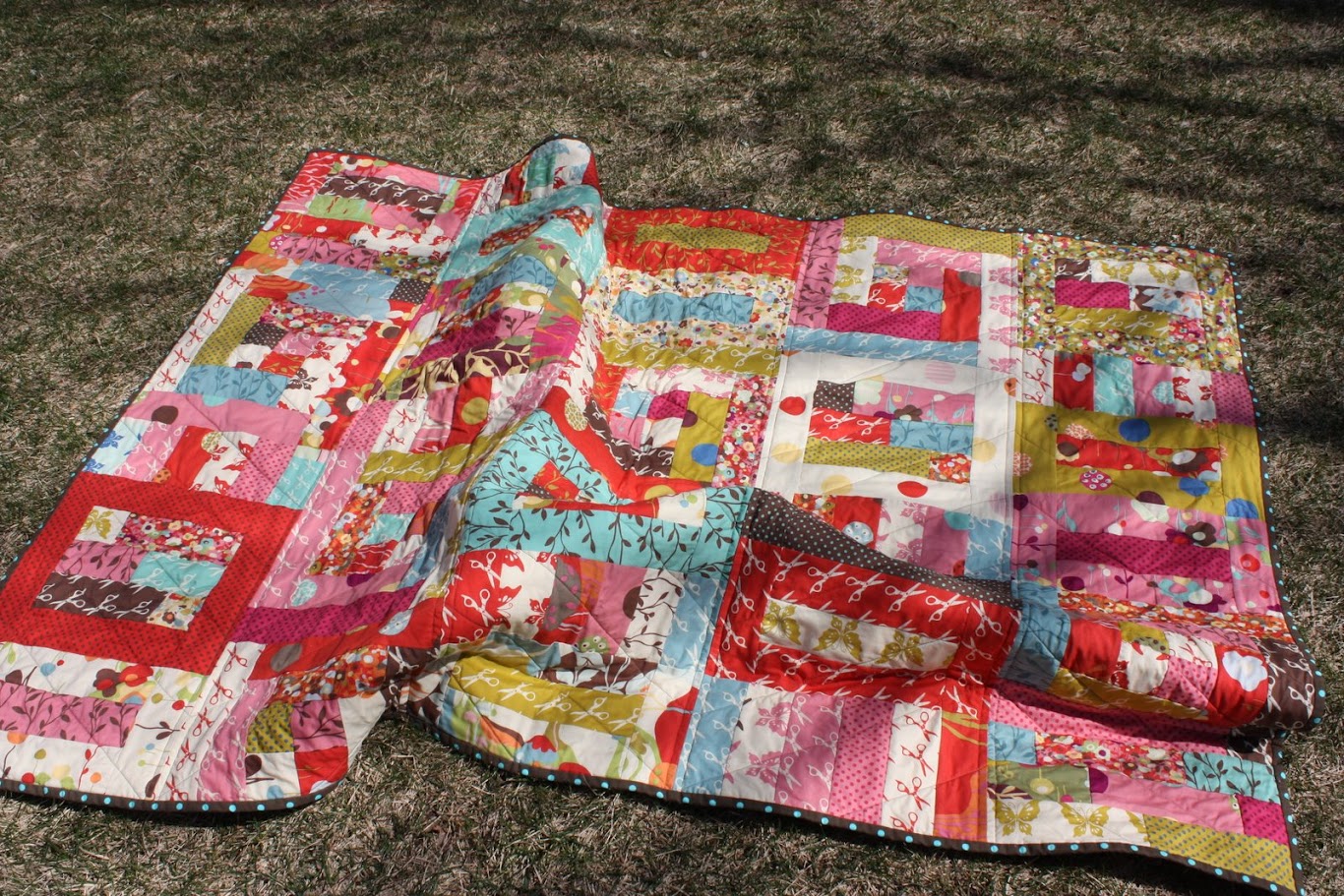Sew La Ti Embroidery [Search results for funny]
Mirror Image!

My weekend projects
Presenting Wonderland
Tom Andersen talks about horror, 3D & pissing Hollywood off

The Bulldogs (based on an underground comic-book)

You might need a bigger scanner there Jack! A rotund looking Black goes through LAX security

Unveiled/Spoiler Alert for Dee
Look what you're missing Russell! Katy Perry sports sexy suspender skirt and stockings...

Picasso, Matisse and... Tim Burton!..
Jackass Star Ryan Dunn dead at 34

Sew and Tell Friday
Sheepdog that gets the collywobbles every time he goes near... sheep

Remember me? Cameron Diaz, in an itty bitty mini-dress, greets ex Justin Timberlake with a kiss on the red carpet





